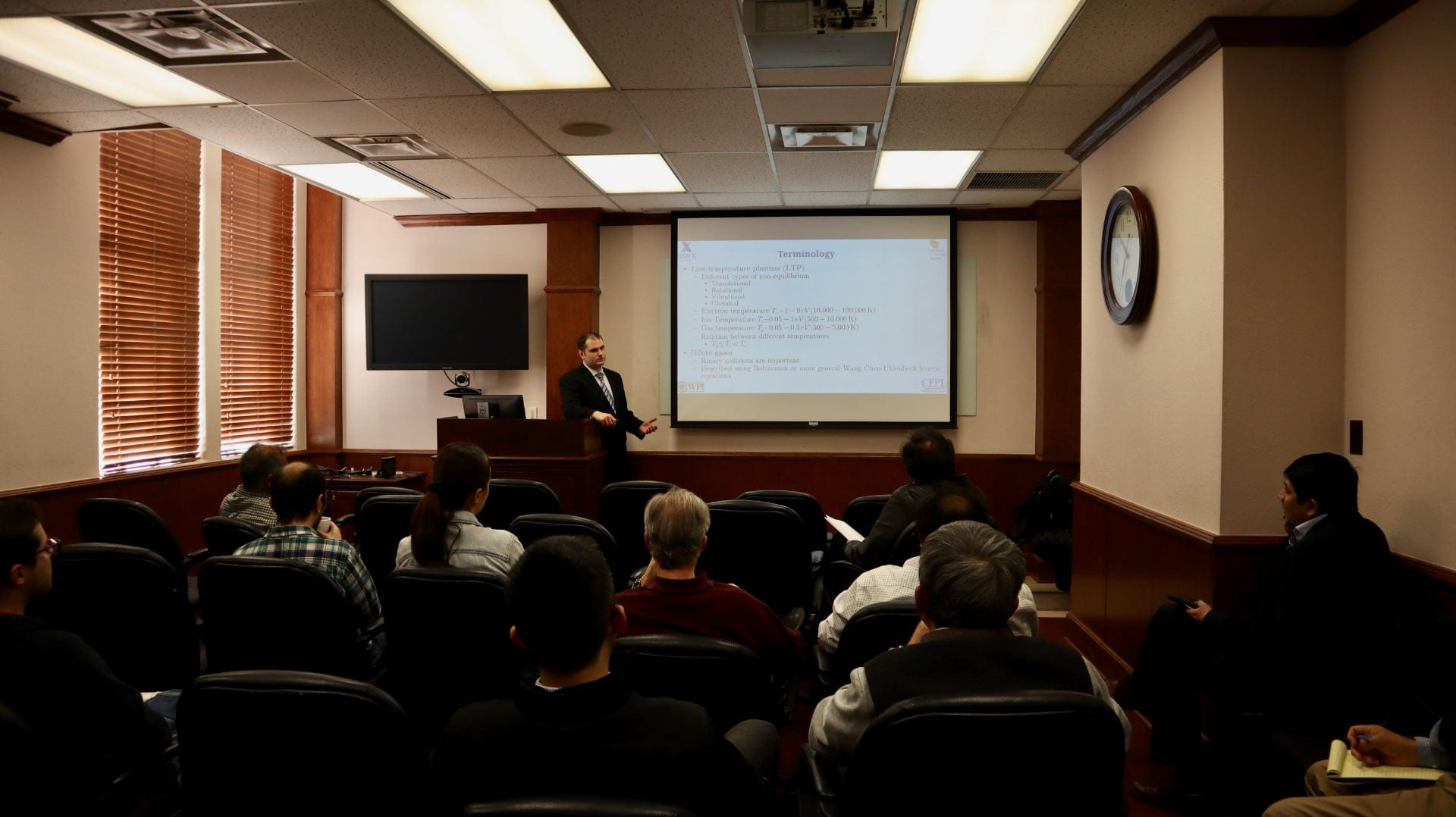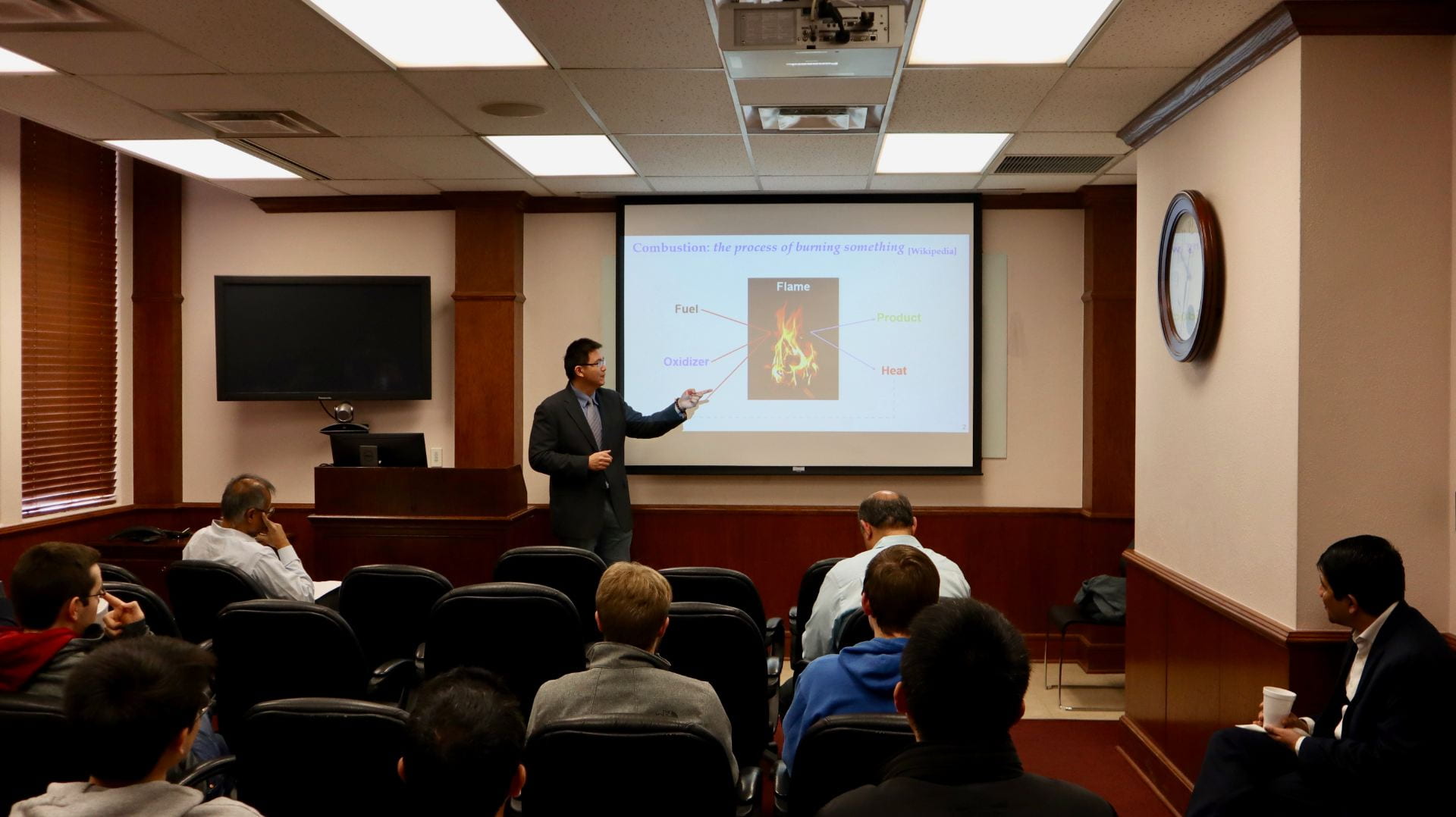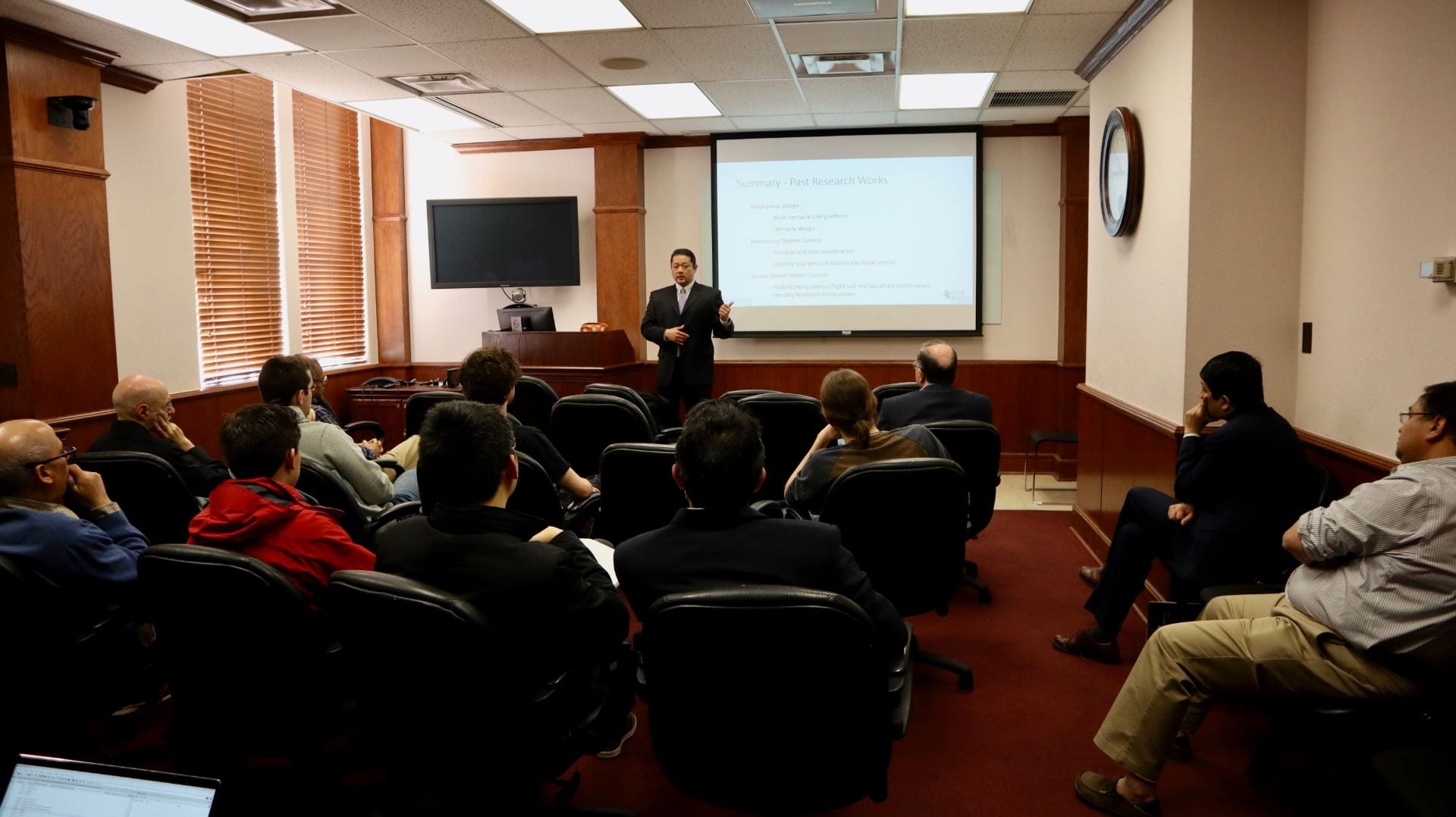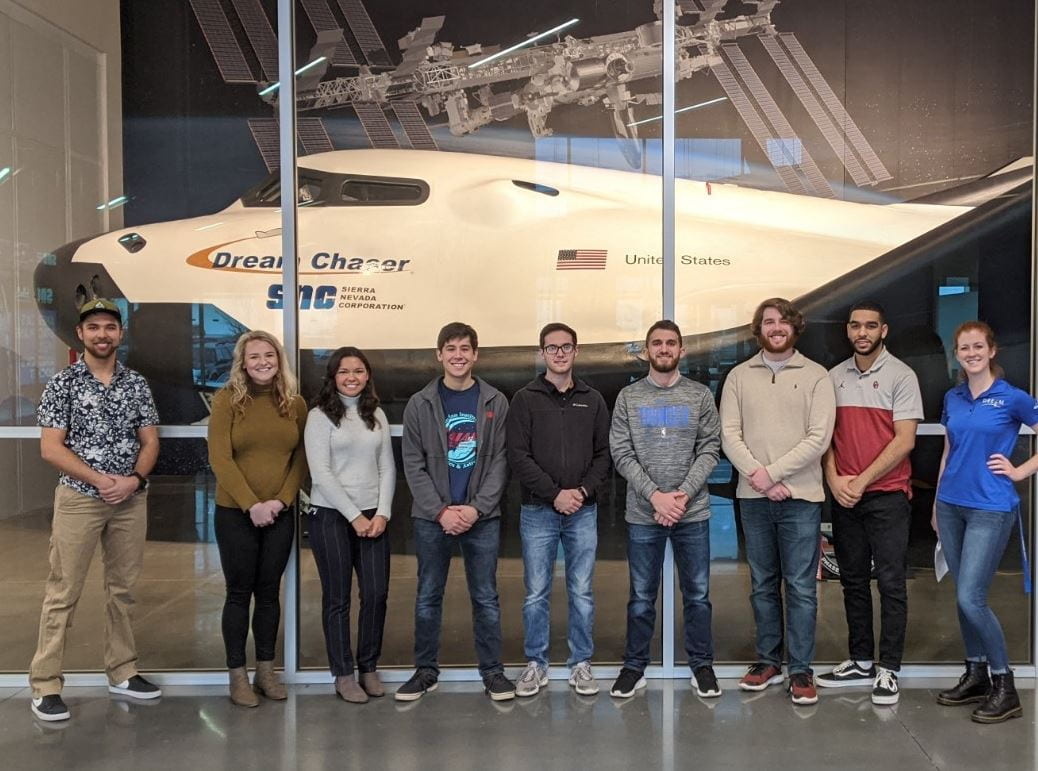SeungYeon Kang, Ph.D. presented a seminar Friday, March 6, over, “Advanced Laser-Materials-Processing Techniques for Nanofabrication of Functional Materials and Energy Harvesting Devices.” Dr. Kang is a Program Manager for NSF’s SHAP3D additive manufacturing center at the University of Connecticut.
Abstract: Increasing number of novel materials, structures and device are being designed every day to revolutionize our future. Accordingly, new fabrication methods to complement the designs must be developed for actual realization of the devices. In this talk I’ll start by discussing the use of ultrafast lasers for advanced materials processing techniques and the significance of developing new nanofabrication methods for cost-effective manufacturing and rapid prototyping with high accuracy. The focus of my talk will be on a novel direct laser writing technique that enables fabrication of 3D metal-dielectric nanocomposite structures of tunable dimensions ranging from hundreds of nanometers to micrometers. This true 3D patterning technique utilizes nonlinear optical interactions between chemical precursors and femtosecond pulses to go beyond the limitations of conventional fabrication techniques that require multiple postprocessing steps and/or are restricted to fabrication in two dimensions. The first part of the talk will end with a further discussion on possible applications including metamaterials, graphene-based devices and etc. In the shorter second part of the talk, I’ll introduce a relatively new material of research interest called piezoelectrochemical materials and another advanced laser-materials-processing technique that utilizes laser induced forward transfer (LIFT). I’ll end with a discussion on how one can use these two research areas to develop energy harvesting devices that convert ambient mechanical energy into electrochemical energy.
Biography: Dr. SeungYeon Kang is currently the program manager for NSF’s SHAP3D additive manufacturing center at University of Connecticut. Her research interests are focused on advanced laser materials processing techniques, fundamental principles and application of light-matter interaction, nanofabrication and energy technology. She obtained her B.A. degree from Cornell University in chemical engineering and received her Ph.D. degree in applied physics from Harvard University, where she focused on ultrafast laser processing of materials and developed a novel 3D nanofabrication technique. After her graduate studies, she worked at Samsung SDI as a senior research engineer on lithium ion batteries and at Princeton University as a postdoctoral research associate. Her various research resulted in several patents and she is the recipient of Samsung SDI Scholarship, Harvard University Center for the Environment (HUCE) research Fellowship and Princeton Postdoctoral Fellowship in scientific writing.









